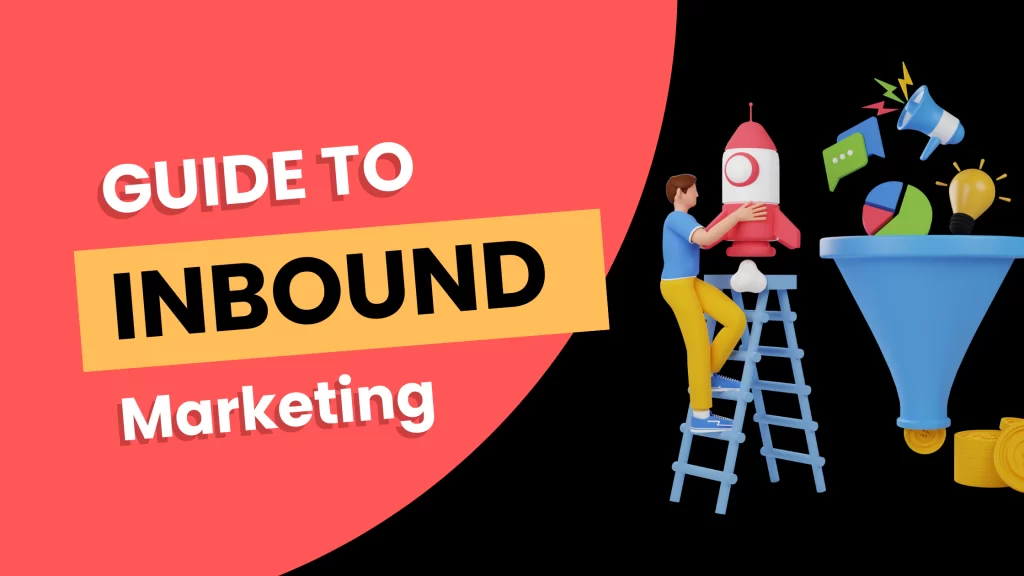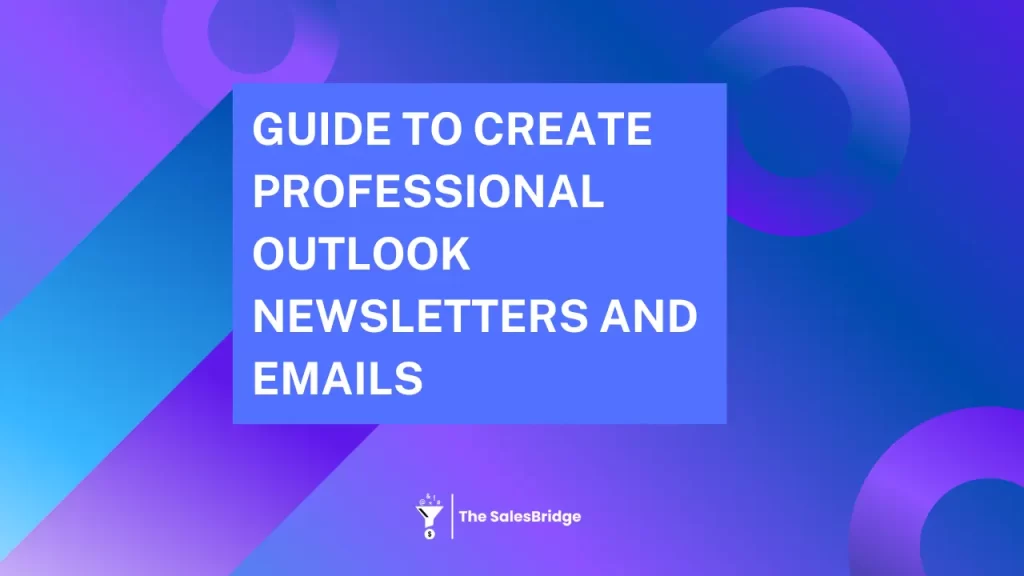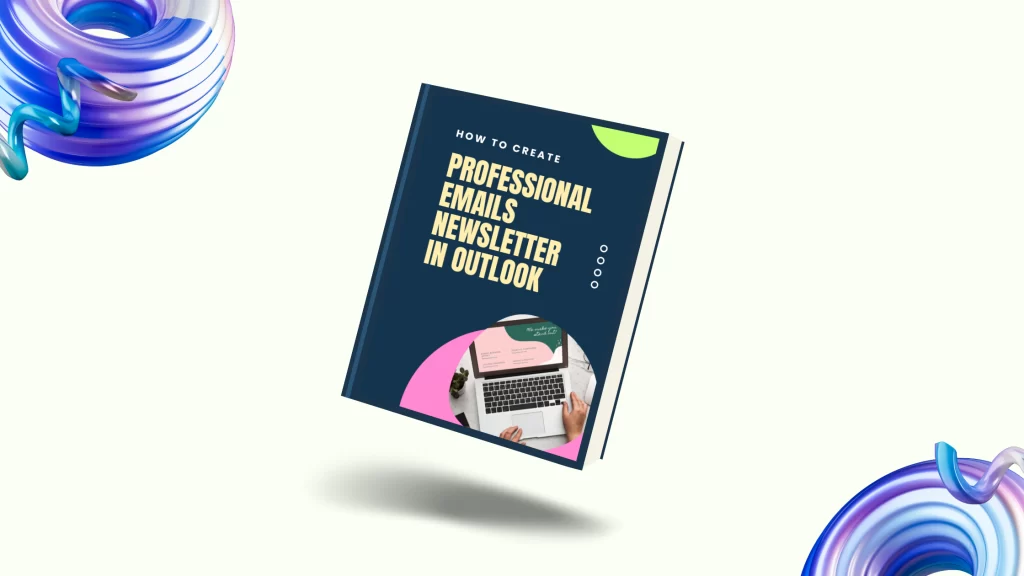Traditional Marketing is long gone. When was the last time you bought something after hearing about it on the TV, radio, or newspaper? With the evolution of the virtual market came the evolution of Inbound Marketing. All it takes is the right ad at the right time and place to make an impulsive buy.
Traditional Marketing efforts yield little effort. Along with complete digital transformation, came the wave of Digital Marketing.
Lead Generation, Demand Generation, and Accound-based Marketing efforts are not enough when there can be an abundance of intent data that can help score high-quality leads.
This has encouraged businesses to adopt Inbound Marketing approaches.
Table of Contents
What is Inbound Marketing?
This Digital Marketing strategy involves using blogs, online advertisements, social media posts, ebooks, etc., to draw in the audience and guide them through the sales funnel ideally resulting in a purchase.
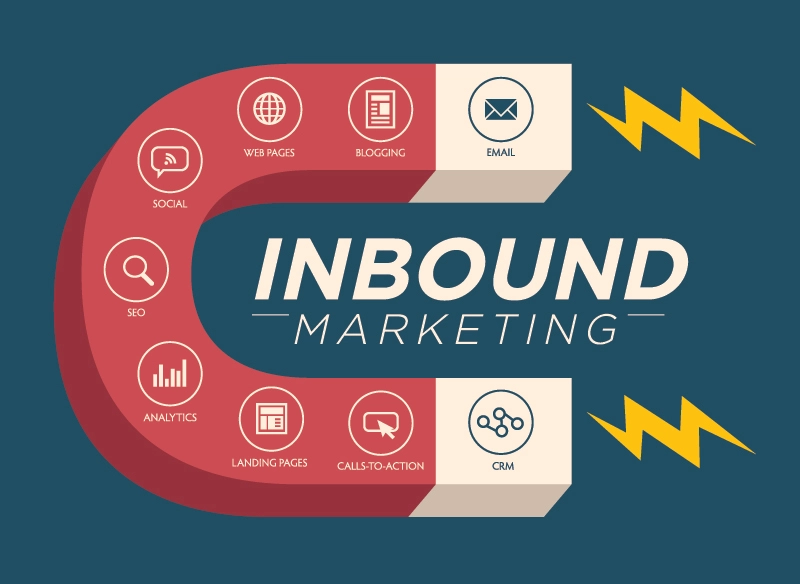
With so much confusion around, know what Inbound Marketing is not:
- It is not just blindly broadcasting ads online: One does not need to bombard ads everywhere. Understand your audience’s digital footprints and intent data and target ads accordingly.
- It is not just constantly posting content online: Though consistency is key, one need not just randomly post content on social media platforms. Inbound Marketing involves posting relevant content at regular intervals, making sure to keep your audience engages and aware of your existing as well as new launches.
The Inbound Marketing Funnel
The sales funnel is not entirely novel. The foundation of inbound marketing is its ability to attract and nurture potential customers at various stages of the sales funnel by comprehending the structure of the funnel and creating methods to do so.
Every veteran salesman is aware that there is an extensive supply of unqualified leads at the top of the funnel.
The aim is to qualify those leads and turn them into customers by sifting through those leads to locate potential consumers who require your product or service and have the means to pay for it.
Top of the Funnel (TOFU)
The majority of your webpage visitors are at the top of the funnel.
These visitors are usually checking out your website, understand what you sell and find out whether you have the product or service that solves their pain points.
They go through blogs, posts, whitepapers, case studies, etc., which enables them to be more aware of your business.
Middle of the Funnel (MOFU)
The most significant element of this funnel is the middle of the funnel as it acts as an essential platform that enables it to convert these visitors into promising leads.
The prospects are focused on evaluating the possibilities since they have done their study and know exactly what they need to do to solve their pain points.
Therefore, they are more committed to making a purchase, which increases the probability of sealing the deal.
Although they may not be ready to make a purchase at this point, they are searching for more detailed information regarding your products and services.
Bottom of the Funnel (BOFU)
Out of all the prospects who enter the funnel, only about 3%-5% of them retain till the bottom of the funnel. They have completed the necessary research and have decided to spend their money.
This is the final stage where the prospect makes a purchase.
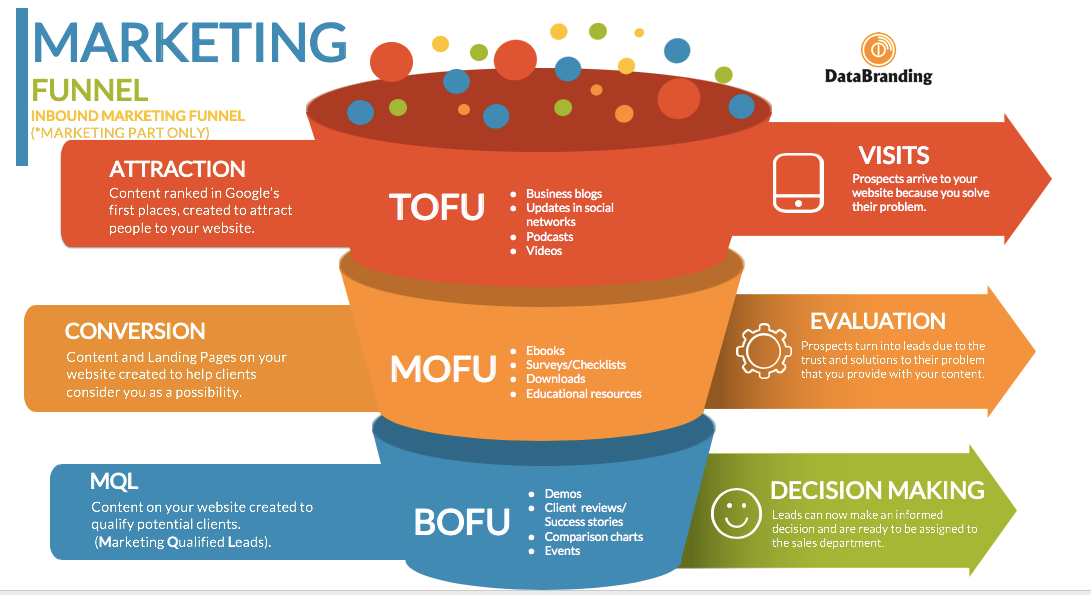
Even though it may be easy to overlook the prospects and focus only on the bottom-of-the-funnel customers, every individual has the potential to be an important client that should not be missed. Spending efforts to produce high-quality content, offers, and form relationships with all of your prospects will nurture your prospects into leads, and those leads into satisfied customers.
Flywheel Marketing
Consumers encounter a lot of difficulty during their purchasing journeys. They must navigate through a lot of different material before they can reach you and your messaging, therefore your goal should be to make that process as simple as possible for them.
Users should be able to discover and consume your material easily and naturally. Any hiccup along the path could cause a dissatisfied consumer to go back and repeat their steps.
As a result, as the typical Inbound Marketing Funnel was falling short, HubSpot presented the Flywheel Marketing Model.
The inbound marketing flywheel approach converts prospects into advocates by providing quality along with efficiency.
What exactly is the ‘Flywheel’?
The flywheel is a circular mechanism that sustains its momentum by itself to provide a consistent flow of qualified as well as unqualified leads.
Initially, the lead is fresh. They arrive either through your efforts to draw them in or through word-of-mouth from brand advocates who are talking about your company. As a result, it is crucial to keep them engaged.
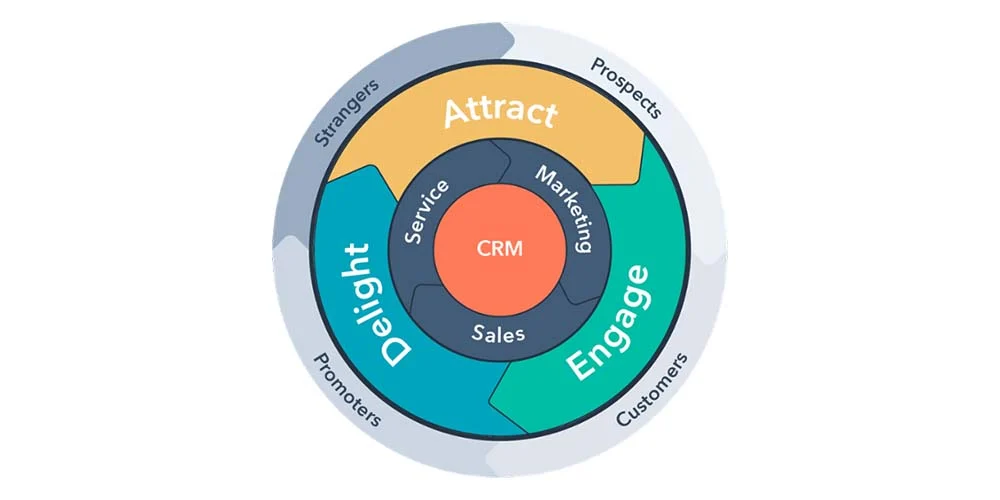
The Flywheel consists of 3 stages:
1. ATTRACT
As a marketer, it is important to create content that draws the attention of users and retains their attention while they learn more about your business.
The content that is produced should be relevant to the target demographic’s pain point and expectations and can be in the form of blogs, email campaigns, ebooks, social media posts, etc.
2. ENGAGE
Once prospects show their interest, it is time to build a trustworthy relationship with them. For this, you need to ensure their retention by keeping them engaged and understanding their pain points on a deeper level.
3. DELIGHT
Client success is the main focus of this stage. Your main purpose in this stage is to encourage your client to attain their goals and ensure their overall satisfaction with the purchase of the product/service.
Understanding your Audience and Mapping the Buyer’s Journey
Today’s buyers know what they want and how to look for it. So, your main motive is to put your business out there and create the right buzz. Before you get into the nitty gritty of manufacturing your product or making your services available, it is of utmost importance of understanding your audience and market potential.
As a result, ask yourself this imperative question- Who is my product/service for?
When understanding your target audience, here are some major points you should consider:
- The target demographic (Age, location, etc)
- Their pain points
- Expectations
- Purchasing behaviour
- Purchasing power
- Willingness
- Need/requirement or want for the product or service
- Accessibility
The buyer’s journey is basically the buyer’s route toward making a purchase.
Sales representatives may more effectively communicate with customers and arrange their products or services along the buyer’s journey by gaining a thorough awareness of the buyer’s journey, the challenges and pain point customers encounter along the way, and the influencing elements that impact their decisions. Understanding and mapping the buyer’s journey is a crucial step in developing or improving your sales process.
The Game of Content
Content is the key foundation when it comes to Inbound Marketing. You will find that every single marketing objective on your list will be easier to accomplish the more invested your audience is.
Content enables you to attract users to your business via various channels such as blogs, social media posts, whitepapers, graphic and video content, case studies, etc. When embarking on your content marketing ventures, publishing relevant content at the right platform and time is essential.
As content marketing is multi-channel, you must ensure to interact and engage with your audience via multiple channels in order to acquire high inbound leads.
The Game of Optimization
Creating high-quality content is just the start. How will your target audience discover you? This is where the game of optimization and visibility begins.
Nowadays, the way in which consumers make purchasing decisions has evolved with the presence of social media platforms and search engines. Online interactions and information searches are ubiquitous. Consumers opt for doing the research and coming to conclusions independently. Off of it is done according to their own pace with no influence of a sales representative.
Once you have accumulated the right content material, it is time for SEO to take over the lead. To boost search engine results, SEO needs both technological and creative components.
When optimizing your website’s content for search engines, there are numerous factors to take into account. There are some aspects of SEO that you can have an impact on and most of them you cannot. Ensuring that your web page is simple to navigate for consumers and search engine analysis is a crucial component of SEO.
You could struggle to increase traffic to your website if it isn’t effectively optimized for search engines.
Lead Scoring and Nurturing
The classification of the procedure through which you interact with leads and convert them to customers is the centerpiece of the structure of inbound marketing.
This can be attained through Lead Scoring and Lead Nurturing. It can be difficult to pinpoint where a lead belongs in the funnel. Lead scoring can help you solve the aforementioned issue. Lead interactions both through and outside of your website can be monitored by lead scoring.
The basic principle of Lead Scoring is the development of an assessment procedure that enables you to impartially determine the likelihood that a lead will turn into a client.
When it comes to Lead Nurturing, in order to provide the right information to your contacts based on their needs, you essentially have to create a series of automated funnels based on the lead’s score and qualities.
Although the qualification and lead nurturing processes may appear straightforward, they are seldom sequential. It will become transparent which of your prospects qualify more quickly than others. Some people may participate in more offers and material relevant to your business, while some may opt for having a conversation with the sales representative for further inquiries and information.
Measuring and Analyzing the Results
Naturally, measuring and reporting on the impact of your inbound marketing is the best approach to determine its effectiveness.
Finding the right core metrics and developing tools to measure them regularly and correctly are the keys to good analysis.
Here are the major KPIs that you should diligently track in order to measure and analyze your website’s organic traffic and performance:
- Revenue (ROI)
- Conversion Rate
- CAC (Customer Acquisition Cost)
- Sales Dividend
- Website visitor-to-lead ratio
Winding up
While inbound marketing can be somewhat time-sensitive and labor-intensive, automating the majority of your procedures will reduce the strain.
Your marketing team needs to be flexible when using inbound techniques in order to complete tasks as rapidly as possible. An Inbound Marketing campaign cannot be all-encompassing. For the campaign to have high conversion rates, all of its moving pieces must function to their highest potential.

